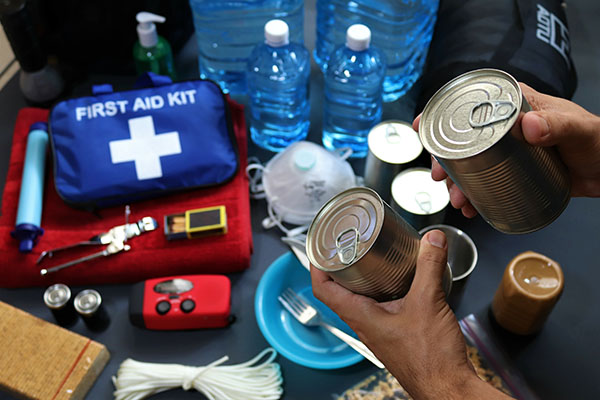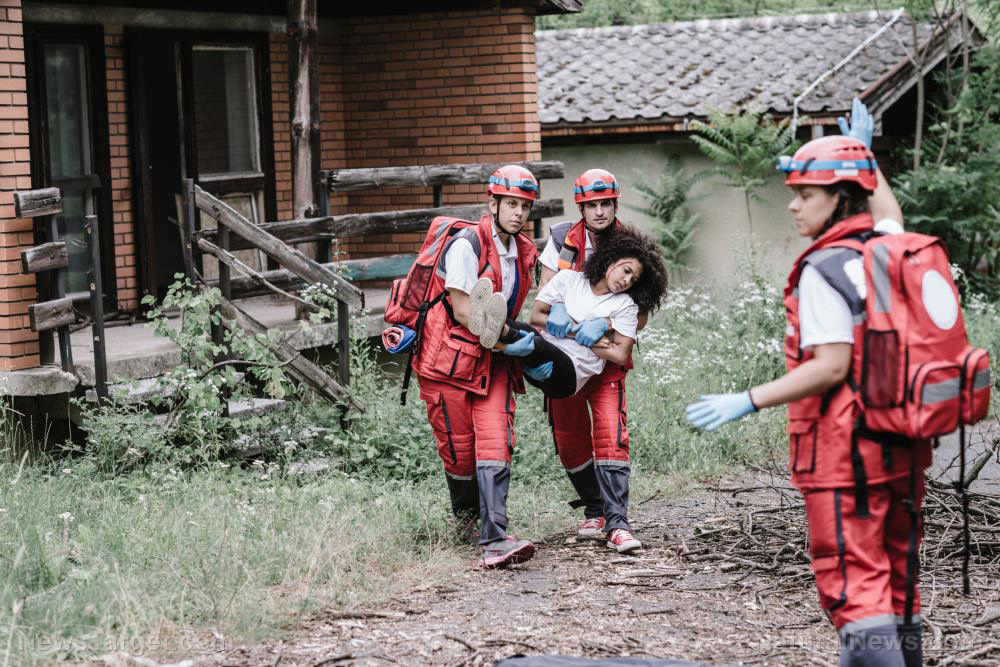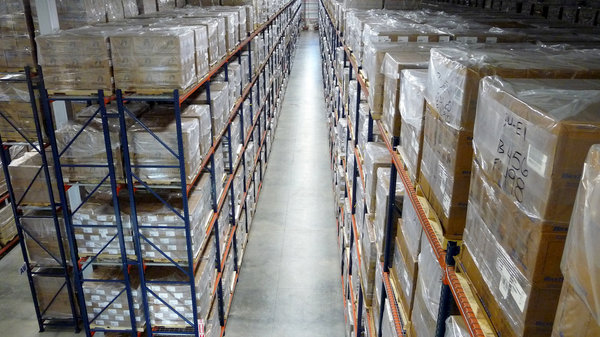 Parler
Parler Gab
Gab
- Personal Protection & Environment: N-100 respirators, large commercial trash bags (for waste containment or makeshift protection), reflective cones (for marking safe zones), and a secure triage area for emergency treatment.
- Advanced Tools (Requiring Training): Penrose drain tubes, manual suction devices, Foley catheters, nasogastric tubes, and oropharyngeal airways—only for trained individuals to prevent harm.
- Hydration & Medications: Bouillon cubes (for electrolyte solutions), antibiotics, Pedialyte (superior to sports drinks), water purification supplies, and a stockpile of OTC medications (pain relievers, antihistamines).
- Comfort & Support: Emergency blankets (to prevent hypothermia), comfort items (candy, distractions), and emotional stress treatments (extra prescriptions or calming aids).
Why You Need More Than a First Aid Kit
When disaster strikes—whether a natural catastrophe, civil unrest, or a prolonged power outage—many households find themselves unprepared for medical emergencies beyond minor cuts and scrapes. While basic first aid supplies are essential, experts warn that a well-stocked medical kit should include advanced tools, specialized training, and contingency plans for hygiene, lighting, and infection control. This guide outlines crucial but often-overlooked supplies that could mean the difference between life and death when professional help is delayed or unavailable.Essential Supplies: From Masks to Makeshift Triage Zones
Personal protection tops the list. An N-100 respirator (more effective than the standard N-95) shields against airborne pathogens, smoke, or dust. Large commercial trash bags serve multiple roles: waste containment, improvised rain gear, or barriers against infectious fluids. Reflective cones help mark a secure triage area—critical during chaos when bystanders or environmental hazards threaten patient safety. Lighting and power are equally vital. LED headlamps or a 12-volt car light wired to a battery can illuminate procedures in the dark, while a power bank keeps smartphones charged for emergency communication or accessing medical apps.Advanced Tools: Proceed with Caution
Some items demand professional training. Penrose drain tubes, manual suction devices, and Foley catheters can save lives in skilled hands—but misuse could cause severe harm. "If you're not trained, your main job is to help medical professionals by giving them the supplies they need," the guide emphasizes. Similarly, needles and scalpels require expertise; untrained use risks legal consequences even during crises. For bleeding control, QuikClot is a game-changer, but courses like Stop the Bleed teach proper application. Hydration supplies like Pedialyte or bouillon-based electrolyte solutions combat dehydration when oral fluids aren’t feasible—knowledge that proved lifesaving during historic disasters like Hurricane Katrina. Psychological resilience matters too. Blankets prevent hypothermia, while comfort items—candy, familiar toys, or stress-relief medications—calm children and adults alike. Controversial ear candles may offer temporary relief when conventional care is inaccessible, though their efficacy is debated. The guide recommends prioritizing supplies in three tiers:- Immediate lifesavers: QuikClot, water purification tablets, N-100 masks.
- Enhanced care: Antibiotics, LED lights, medical reference books.
- Expert-level tools: Reserved for trained responders.
The survival mindset: Why attitude matters when SHTF
By Zoey Sky // Share
Governments continue to obscure COVID-19 vaccine data amid rising concerns over excess deaths
By patricklewis // Share
Tech giant Microsoft backs EXTINCTION with its support of carbon capture programs
By ramontomeydw // Share
Germany to resume arms exports to Israel despite repeated ceasefire violations
By isabelle // Share










